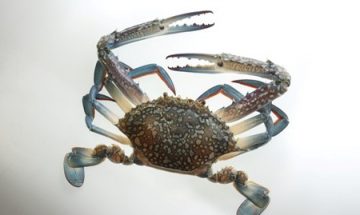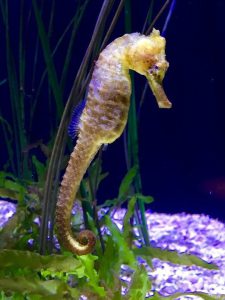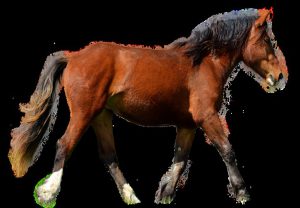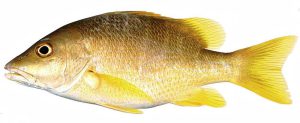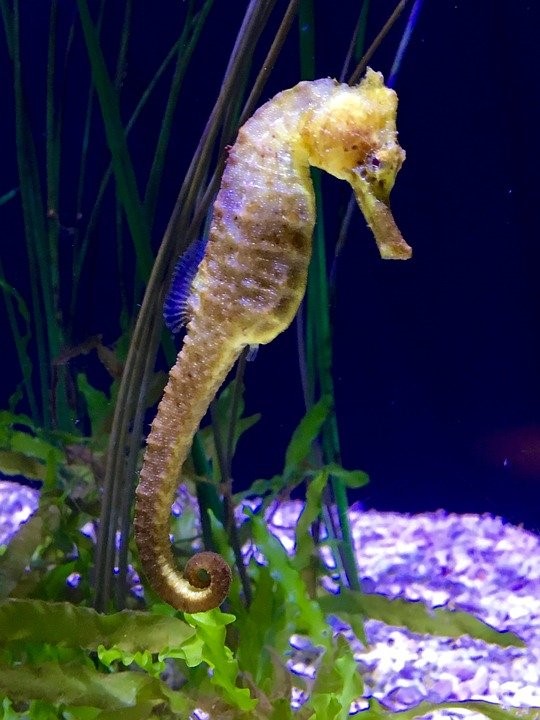
Many of you may have read ancient Greek tales and know of a type of monster that was the vehicle of Poseidon or Neptune, God of the sea. This creature looks superficially like a horse with a tube-shaped mouth without jaws; the end of mouth tube is open and used for sucking food. Its fuselage covered by bony armour instead of scales. Its long tail is used to attach itself to aquatic plants or corals in water. There are pectoral fins and another thin, transparent fin at its waist to help fanning.
There have been students who visit the Phuket Aquarium and once seeing the animals in this tank and asked to guess which animal group the seahorse belonged to, shrimp, crab or fish. Most of the children would answer shrimp or crab that is because of their external appearance that covered in armour making it look alike shrimp or crab.
Fig. 1 seahorse (left ) horse (right)
ที่มาภาพ: https://cdn.pixabay.com/photo/2017/08/31/19/30/sea-horse-2701983_960_720.jpg
https://cdn.pixabay.com/photo/2018/01/26/15/57/horse-3108994_960_720.png
However, in fact, seahorses actually are a type of fish that doesn’t look alike fish. Fish are generally gill-breathing vertebrates and are cold-blooded that seahorses have all these characteristics. Therefore, it can be concluded that seahorses are fish.
Fig. 2. seahorse (left ) fish (right)
ที่มาภาพ: https://upload.wikimedia.org/wikipedia/commons/thumb/5/59/TanSeahorse.jpg/368px-TanSeahorse.jpg
Presently, the number of seahorses in nature is greatly reduced due to the exploitation rate that over the recruitment rate. In Asia, it is believed that seahorse is key composition of the medicinal properties. So, they are used as a medicinal component to nourish health and diseases treatment such as asthma, kidney disease, stroke and bone fractures. In addition, they are processed into jewellery such as brooches, key chains, paperweights as well as as talismans. Besides, seahorse is popular for aquariums. Thus, these are causes of the rapid seahorse declination and likely to the level of extinction. Seahorses are included on the list of protected animals under the Convention on International Trade in Endangered Species of Wild Fauna and Flora (CITES) in 2002 and that came into force in 2004.
References
https://th.wikipedia.org/wiki/ม้าน้ำ
https://phuketaquarium.org/knowleadge/hippocampus/
https://www4.fisheries.go.th/local/file_document/20210617140022_1_file.pdf
บทความล่าสุด
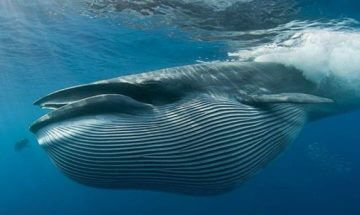
Reserved wildlife in the seas of Thailand
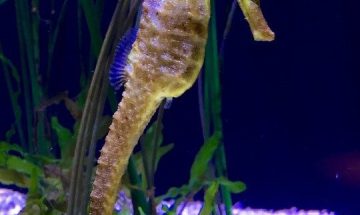
Seahorses are not related to horses.
